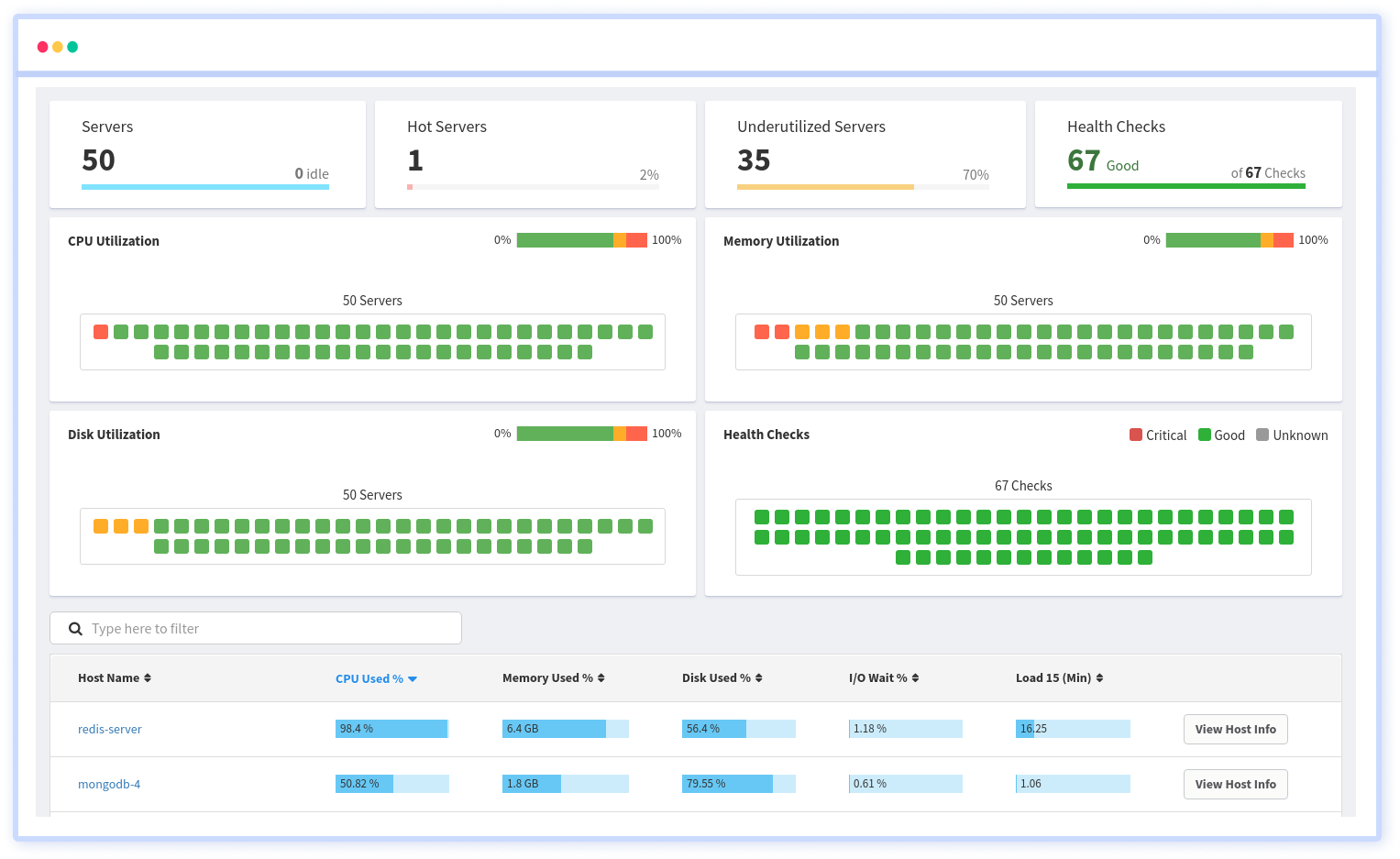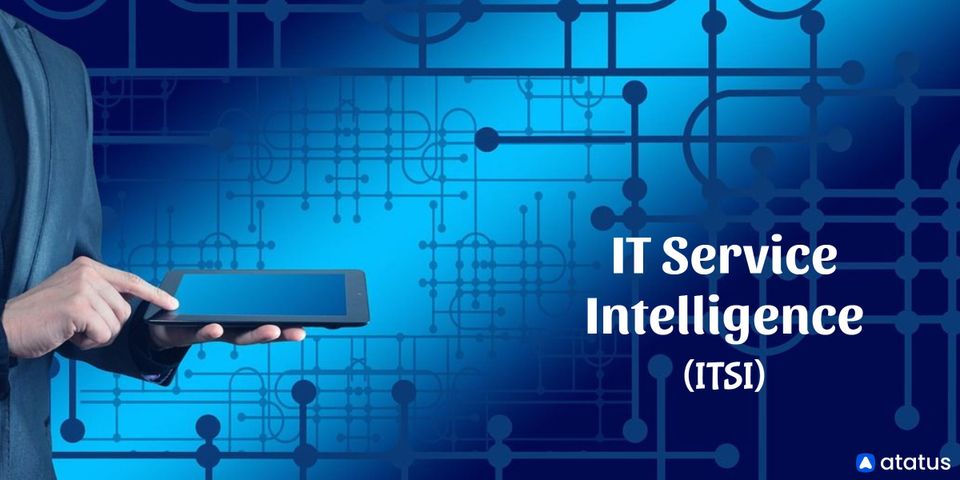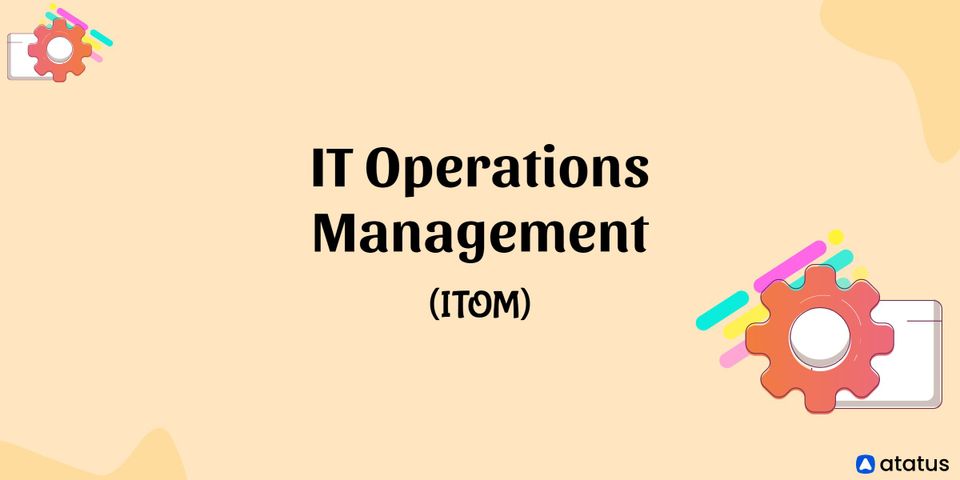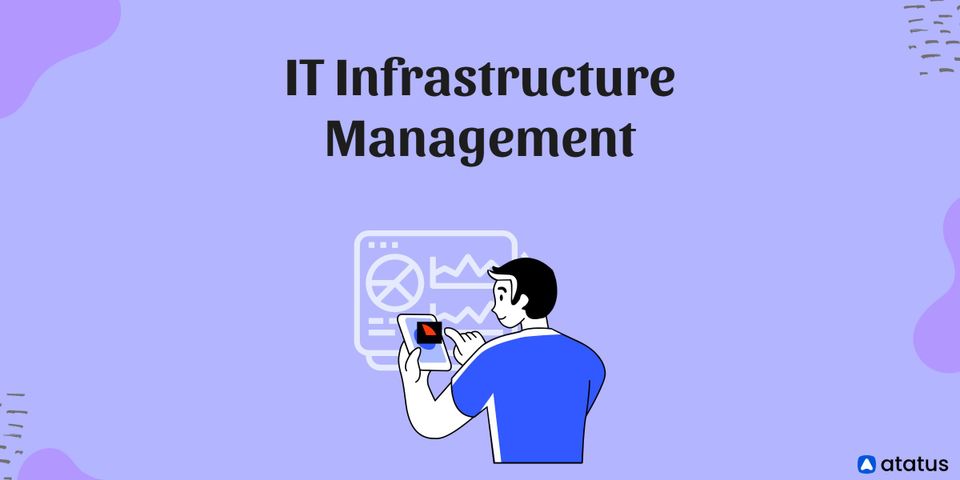Application and service monitoring is an important responsibility for any operations team. Even today, most businesses struggle to grasp what's going on with their infrastructure. There are numerous tools for analysing data, but each tool and the data it exposes are separate from the others. It's also difficult to determine why something is happening without the capacity to correlate data across tiers.
We will go over the following:
- What is IT Service Intelligence?
- How does ITSI Tools Work?
- Benefits of IT Service Intelligence
- ITSI Terminology: AI, ITSM, and ML
What is IT Service Intelligence?
Information Technology Service Intelligence or IT Service Intelligence or ITSI is a software application that employs artificial intelligence (AI) and machine learning (ML) to assist IT managers in monitoring increasingly complex computing systems.
From an ITSM perspective, industry-leading ITSI solutions are currently being used to monitor and analyse network events with the primary purpose of forecasting and mitigating service deterioration. These technologies employ powerful algorithms to identify patterns in network behaviour that, if left unchecked, could lead to service degradation or outages. IT managers and administrators can use this information to prevent service disruptions before they happen.
ITSI technologies aggregate and analyse data from a variety of network endpoints and applications, similar to other network monitoring and analytics systems. Machine learning and artificial intelligence algorithms are used by ITSI tools to discover potential reasons for service disruptions that could affect revenue or customer experience. This data could be used by other software applications to produce business intelligence or detect security issues.
ITSI solutions employ advanced analytical approaches to capture complex IT environments and evaluate network events from a service perspective. The ITSI approach's main purpose is to improve the quality of IT services by continuously reviewing data and producing trends and actionable recommendations. Above all, the strategy is distinguished by a proactive technique that allows IT administrators to adopt suitable, data-driven measures early on.
Features include:
- Data from logs and machines is collected and indexed from any source
- Capabilities for powerful search, analysis, and visualization
- For operational intelligence and corporate reporting, real-time analysis is essential
- AI and machine learning (ML) are used to minimize event noise and forecast future degradation
- Determine the cause and origin of an incident quickly
- Surveillance and management of the internet of things, including SCADA data
- Machine data from the internet/internal network, Big Data Analytics
- Provides business and service context so that incident investigation can be prioritized
- Drill downs to profile an entity and troubleshoot outages are supported
How does ITSI Tools Work?
ITSI products are fresh to the market and a mixture of features from a variety of different software applications. The core value-driving discovery of ITSI is that companies using an ITSM model can employ predictive algorithms (machine learning, artificial intelligence, etc.) to predict when service failures are likely to occur and avoid them before they harm customer satisfaction.
The operation of ITSI tools can be broken down into four steps:
- Data Collection & Aggregation
Data is pulled from a number of sources across the network via ITSI tools. Log files, network events, text, wire, metrics, API sources, and even social media data can all be used as data sources. IT managers will be able to acquire high-level insight into network activities by combining data from a range of network sources. - Trend Tracking and Analysis
ITSI tools use powerful machine learning and pattern recognition algorithms to sift through huge amounts of data. For each data source, trends and patterns are detected and tracked, and data can be connected and evaluated. - Insight Development and Predictions
Artificial intelligence algorithms process a substantial amount of data from the network over time. As a result, these algorithms improve their ability to anticipate KPI performance for network endpoints on a particular metric and detect potential causes of service issues before they occur. - Action
IT management teams and their personnel can take action based on insights obtained from a large volume of data to guarantee that agreed-upon service levels are met and that the negative effects of a service availability issue are avoided.
Benefits of IT Service Intelligence
These are the benefits of IT Service Intelligence:
- Monitor network infrastructure performance against Service Level Agreements (SLA)
- Avoid costly network escalations/downtime with real-time network information
- Alerts, cleanup, and incident procedures can all be automated
- Provides a single, centralized view of important IT services
- Uses KPIs to map important services and target what matters most
- Monitor clients/users on a regular basis to better understand and anticipate their demands
- Machine learning is used to recognize trends and adjust thresholds dynamically
- Reduce platform and application-specific tools by consolidating capabilities
- Anomaly detection in real-time lowers alert fatigue
- Analyze machine data from a variety of platforms
ITSI Terminology: AI, ITSM, and ML
Before we go into detail about how ITSI tools function, it's vital to define three key concepts that are central to the ITSI definition: Artificial Intelligence (AI), Information Technology Service Management (ITSM), and Machine Learning (ML).
Artificial Intelligence (AI)
AI is the modelling of human intelligence behaviours such as learning, reasoning, and self-correction. Large data sets are frequently required for successful AI applications, which the AI analyses using unique algorithms. In areas like finance, security, and healthcare, AI is used to automate processes, recognize patterns in large data sets, reveal hidden truths and insights, and find answers to problems that are too complex for human investigation.
Information Technology Service Management (ITSM)
ITSM is the most prevalent paradigm for managing Information Technology at the enterprise level. ITSM encompasses all actions involved in selecting which services should be delivered strategically, designing those services, producing or building them, deploying, operating, and maintaining them until the conclusion of the service life cycle.
IT services are any and all services whose delivery is dependent on the IT department's actions, such as configuring technology such as computers for users, changing a password, or ensuring the availability of an application. The ITSM model pushes IT teams to shift away from the "break-fix" model of IT support and toward proactive service management that aligns with business needs.
Machine Learning (ML)
One of the most essential applications of AI technology is machine learning. Computer software can learn from experience by digesting a huge amount of data without being explicitly designed using machine learning. Machine learning methods are employed in ITSI software to discover patterns that could lead to service degradation. Without machine learning, the user would have to know these patterns in advance, and the software would have to be designed to identify them. The process of detecting these patterns is substantially automated due to machine learning.
Conclusion
ITSI is built on the operational intelligence platform, which allows you to use the platform's search and correlation capabilities to gather, monitor, and report on data from IT devices, systems, and applications. Analysts can swiftly investigate and fix issues as they arise.
ITSI gives you visibility into your services, as well as actionable knowledge about the performance of your IT operations and alert tracking capabilities. Data from devices, systems, and applications across your environment may be captured, monitored, and reported on. Analysts can swiftly investigate and fix issues as they arise.
Monitor Your Infrastructure with Atatus
Atatus provides complete visibility into your infrastructure, allowing you to analyze and manage business-critical performance issues. Correlating application metrics, logs, and traces can help you make better business decisions and troubleshoot issues faster. You'll be able to see how your servers or cloud instances are being used in real-time.
Monitor all of your hosts' major performance indicators, including CPU, memory, I/O, disks, network, and load averages, as well as trends for all your servers. You will provide actual business value throughout your server landscape by monitoring the health and performance of your services, hosts, containers, and resources that impact your business revenue.

Atatus can be beneficial to your business, which provides a comprehensive view of your application, including how it works, where performance bottlenecks exist, which users are most impacted, and which errors break your code for your frontend, backend, and infrastructure.





